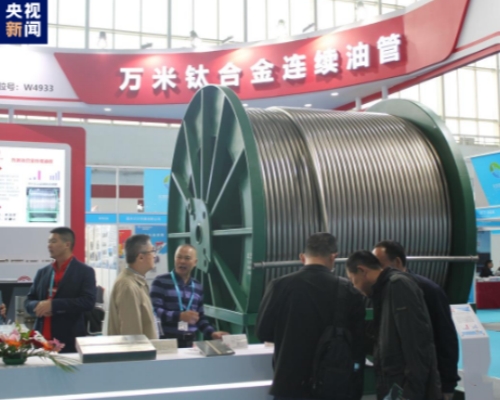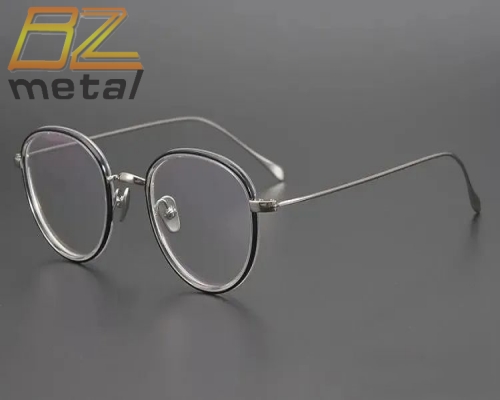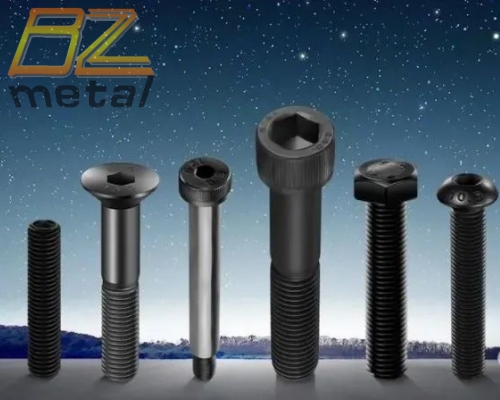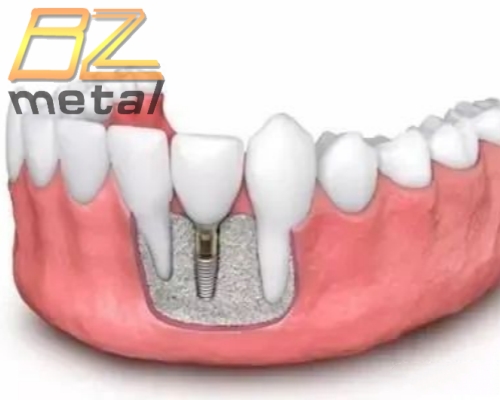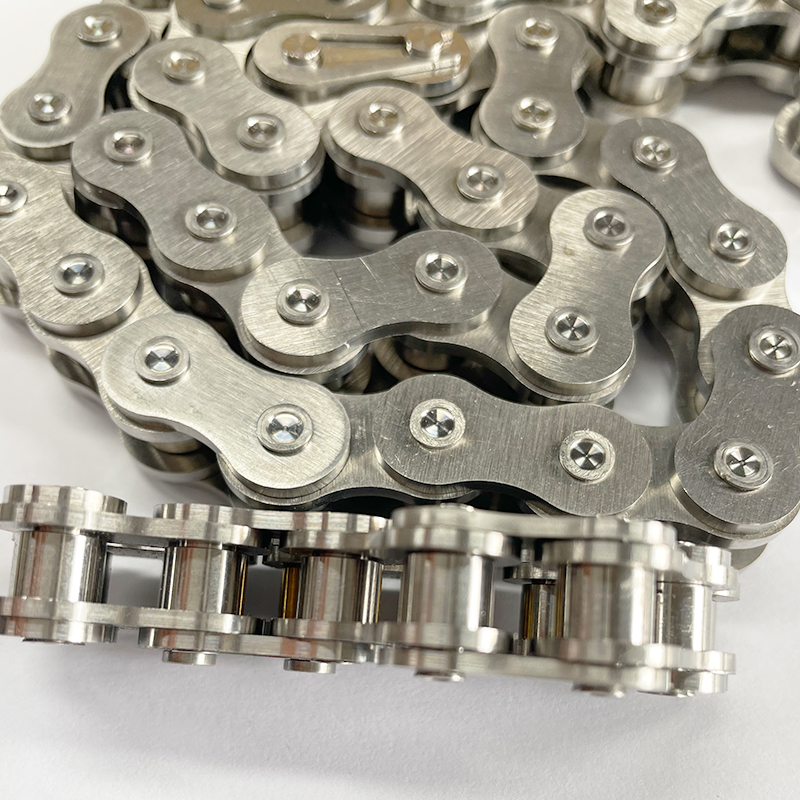The Development Trend of Titanium Bolts For Automobiles
The Development Trend of Titanium Bolts For Automobiles
In recent years, automobile manufacturers have required lower parts costs, light weight and high strength. At the same time, in order to deal with environmental protection issues, CO2 emissions must be reduced, and in order to reduce fuel consumption, the weight of the body must be reduced as much as possible. In the production cost of bolts, the cost of blanks accounts for the main part, so the most effective way is to reduce the cost of the material itself. In order to reduce the supply cost of materials, Japanese automobile manufacturers are studying the use of cheap materials from overseas. In order to meet the requirements of users, bolt manufacturers have also conducted various studies to make bolts lightweight. As a measure to make bolts lighter, some use light metals such as aluminum or titanium, and some reduce the size of the bolts. Reducing the size of the bolt can reduce the weight, but if the size of the bolt of the same strength level is reduced, the fastening force of the bolt will decrease due to the decrease in the breaking area of the bolt.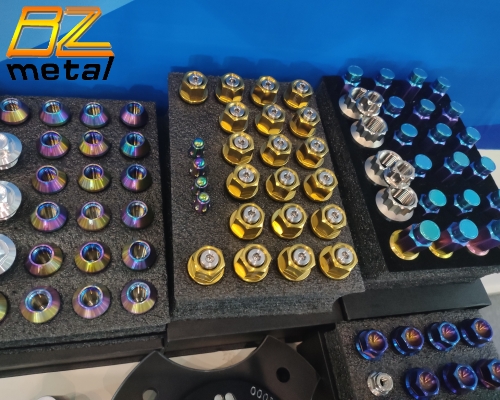
Therefore, in order to ensure the same degree of firmness and reduce the size of the bolt, the strength of the bolt must be increased.In the current public standards such as JIS and automobile manufacturers' own standards, only bolts with a strength level below 12.9 are specified. When the strength level of ordinary tempered bolts exceeds 12.9, the delayed fracture characteristics will suddenly deteriorate. In some places where high-strength bolts of 10.9 or 12.9 have been used, if you want to achieve light weight by reducing the size, you must use bolts with a strength level of more than 12.9 and adopt some method to improve the delayed fracture characteristics. In order to achieve high strength, some tempered bolts improve the delayed fracture characteristics by adding alloying elements. Although adding alloying elements can somewhat improve the delayed fracture characteristics, due to the high price of alloying elements, the increase in cost is inevitable.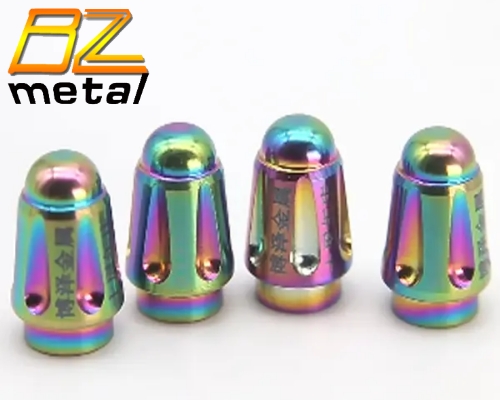
Another measure is to use non-tempered bolts.Non-tempered bolts do not need to be tempered (heat treated) after forming, mainly through the work hardening of the material to ensure strength. The metal structure of a non-tempered bolt is completely different from that of a tempered bolt, and it has strong resistance to delayed fracture. Non-tempered bolts use materials with a higher carbon content than tempered bolts. Through controlled cooling and heat treatment in the blank stage, a high cross-section shrinkage rate can be obtained. After work hardening is formed by wire drawing, further work hardening in the forming stage of the bolt can ensure the strength of the bolt. Although ordinary bolts are not tempered after forming, in order to eliminate the strain inside the bolts by cold forging, they must be treated with blueness. The disadvantage is that the hardness of the material is higher than that of the tempered type, which is very difficult to form.At present, the strength of the non-tempered bolts used in the engine is 1600MPa, and the strength of the non-tempered bolts used in the body has reached 1400MPa. It can be expected that the demand for such high-strength bolts will be further expanded in the future.

